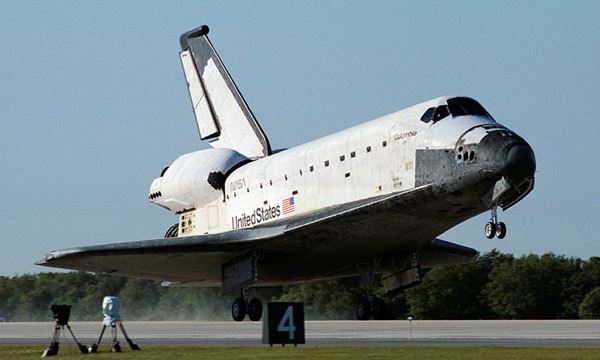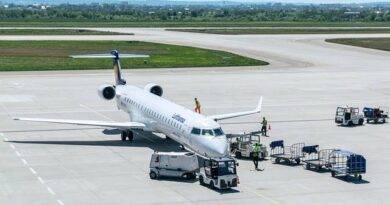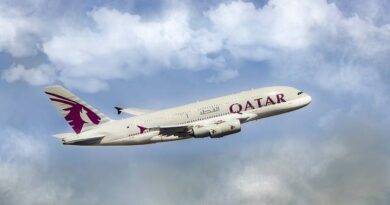From beginning to Nasa – SpaceX launch
In this article we will cover the space exploration timeline. By revealing with the chronological order you will have a chance to see the historical timeline and the development in that short period. Before start it is sad but true that the World War II and the Cold War triggered the journey.
Let’s start!
8 September 1944 (V2 Missiles)
During WW2 The first V-2 missiles of Nazi Germans launched on London on 8 September 1944, 3172 were launched until 17 March 1945, when it was last used. Of these, 1664 fell to Belgium, 1402 to the UK, 76 to France, 19 to the Netherlands, and 11 to Germany (Wikipedia).
After World War II, the United States and the Soviet Union created their own missile programs.
4 October 1957 (Sputnik 1)
Soviet Union launched Sputnik 1, the first artificial satellite to orbit Earth. Sputnik 1 orbit period over Earth 96 minutes. The radio beeps from Sputnik 1 could be detected on the ground stations as the satellite passed overhead, so people all around the world knew that it was really in orbit.
3 November 1957 (First Living Creature Laika)
Soviet Union achieved another impressive space venture. Sputnik II, a satellite that carried a living creature, a dog named Laika.
31 January 1958 (United States Satellite Explorer 1)
After two failed attempts to launch a satellite into space, United States succeeded a launch with a rocket that carried a satellite called Explorer on 31 January 1958.
14 September 1959 (First Man Made Object Reached to Moon)
Luna 2 of the Soviet Union intentionally crashed into the moon on 14 September 1959, became the first man-made spacecraft to reach the moon.
12 April 1961 (Yuri Gagarin, First Human in Space)
The first human in space was the Soviet cosmonaut Yuri Gagarin. He made one orbit around Earth on April 12, 1961. The flight of Gagarin with Vostok 1 spacecraft lasted 108 minutes.
5 May 1961 (First American Astronaut Alan Shepard in the Space)
It was not on an orbital flight, but on a suborbital trajectory—a flight that goes into space but does not go all the way around Earth. Shepard’s suborbital flight lasted just over 15 minutes.
25 May 1961 (J.F. Kennedy Challenged the United States)
Declaration of J.F. Kennedy was: “I believe that this nation should commit itself to achieving the goal, before the decade is out, of landing a man on the moon and returning him safely to Earth.”
16 June 1963 (Valentina Tereshkova, first woman to travel to space – Soviet Union)
With the Vostok 6 mission at 16 June 1963 Valentina Tereshkova became the first woman to travel into the space. She orbited the Earth 48 times, spent almost three days in space.
20 July 1969 (First Human to Set Foot on the Moon- Neil Armstrong – United States)
In 1969, on Apollo 11, the United States sent the first astronauts to the Moon, and Neil Armstrong became the first human to set foot on the moon surface.
19 April 1971 (First Space Station Salyut 1 – Soviet Union)
The first space station in Earth orbit was the Soviet Salyut 1 station, which was launched in 1971. Skylab space station of NASA was the follower.
12 April 1981 (First Space shuttle flight Columbia – United States)
Columbia was the first shuttle to reach space, in 1981. It carried dozens of astronauts into space during the next two decades, reaching several milestones. Columbia also underwent upgrades as technology advanced.
However, the shuttle and a seven-member crew were lost over Texas when Columbia burned up during re-entry on Feb. 1, 2003. Columbia’s loss prompted NASA to do extra safety checks in orbit for all future missions.

Source:wikimedia
With the help of technology and the corporate studies and researches of nations there are lots of milestones achieved since now, and still there are lot to explore out of our planet.
Nasa – SpaceX mission
30 May 2020 is another date of a milestone. The spacecraft called Crew Dragon, launched by Falcon 9 rocket of SpaceX company, owned by Elon Musk, took US Astronauts Doug Hurley and Bob Behnken to the International Space Station (ISS).
Elon Musk’s company SpaceX becoming the first commercial operator to carry astronauts into space under a public-private partnership (NASA SpaceX) set up by Nasa.
As you see from Sputnik 1 at 1957 to SpaceX crew dragon 2020; Space exploration interest of human being took a remarkable way towards its goals.
Details:
Crew Dragon has a capacity of seven astronauts but only four seats are used for NASA missions. Above the seats, there are screen control panels,in addition there is a toilet (with privacy curtain), and the docking hatch.
Launch Date: 30 May 2020
Spacecraft: Crew Dragon launched by Falcon 9 rocket
Crew: Two astronauts Doug Hurley and Bob Behnken
Flight: from Kennedy Space Center/Florida to the International Space Station (ISS)
For more Articles click.


